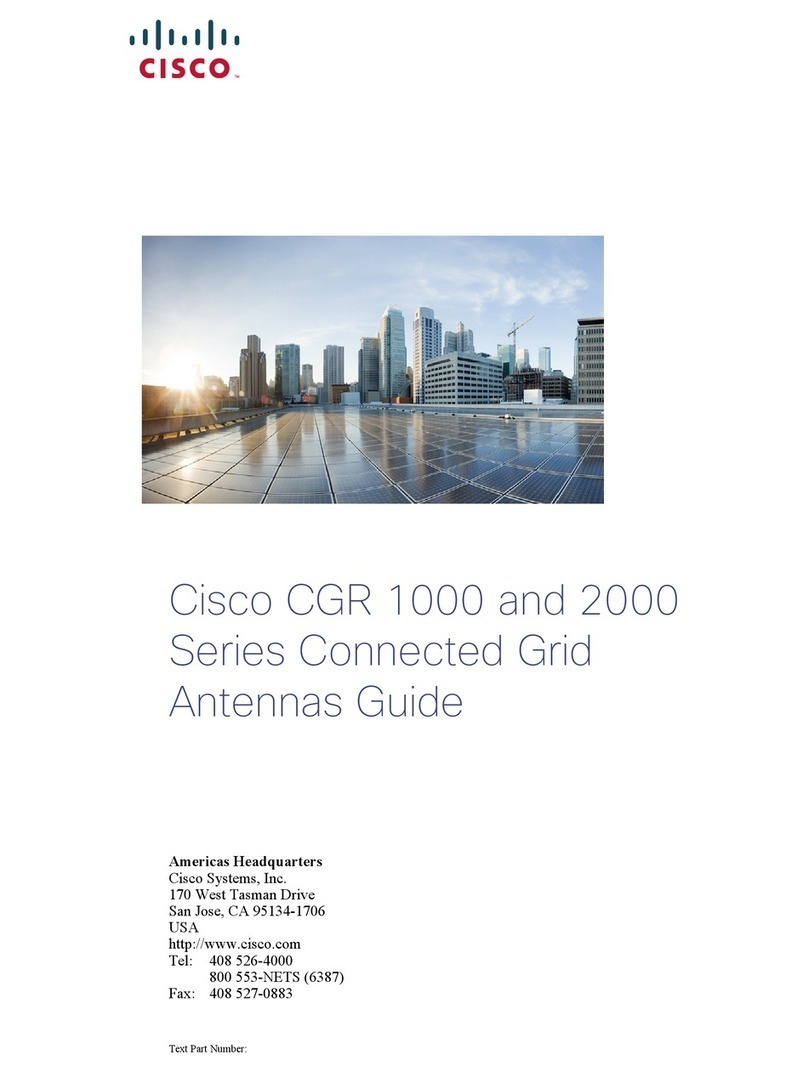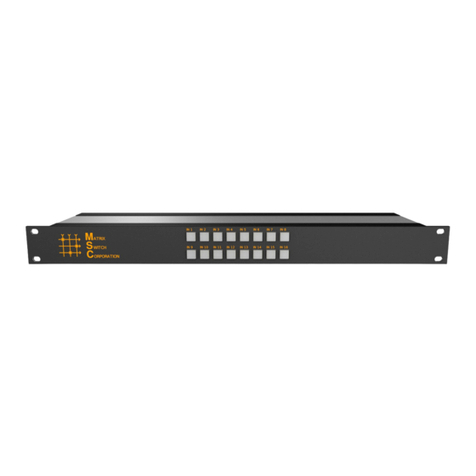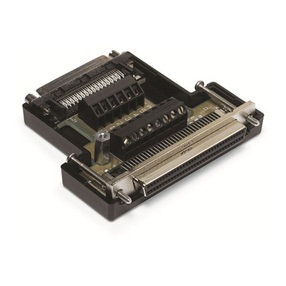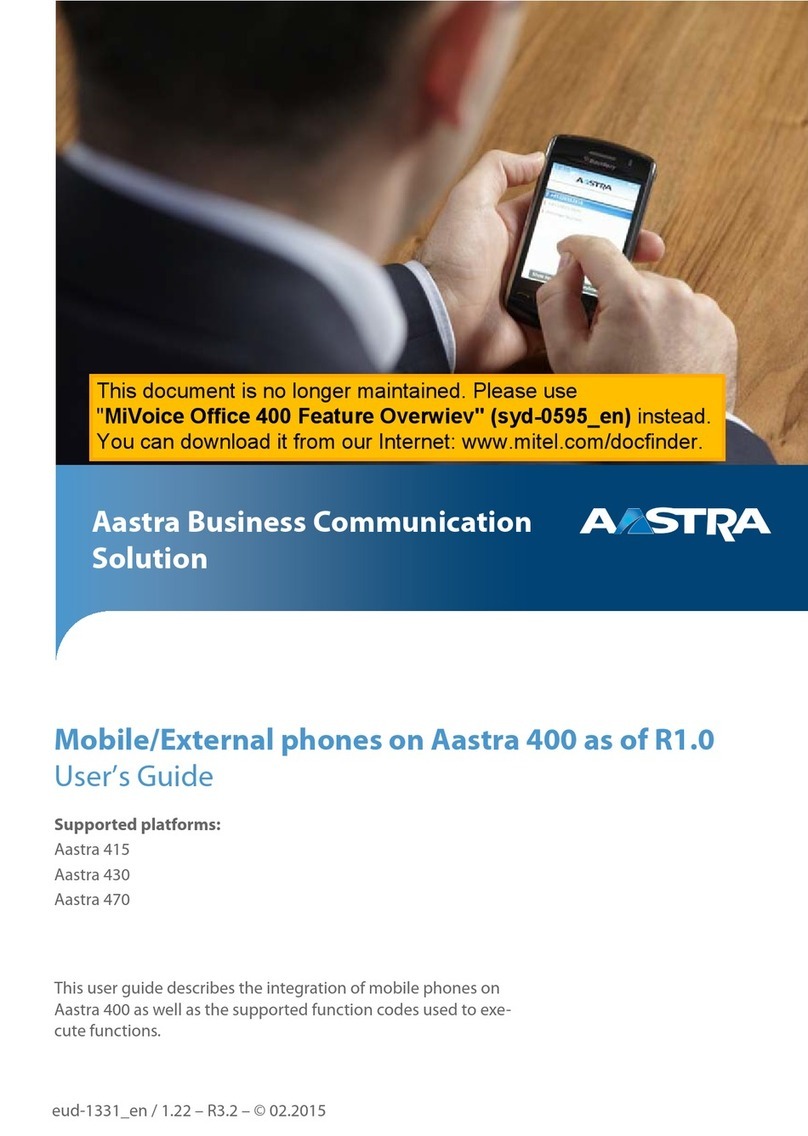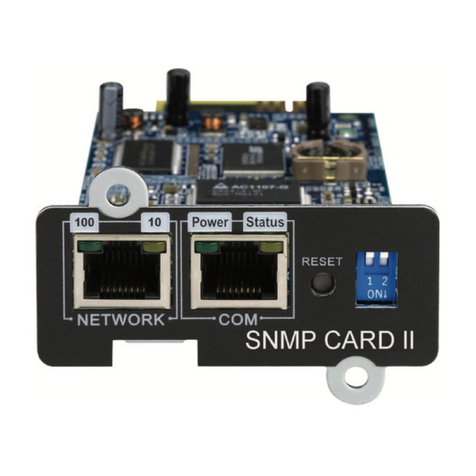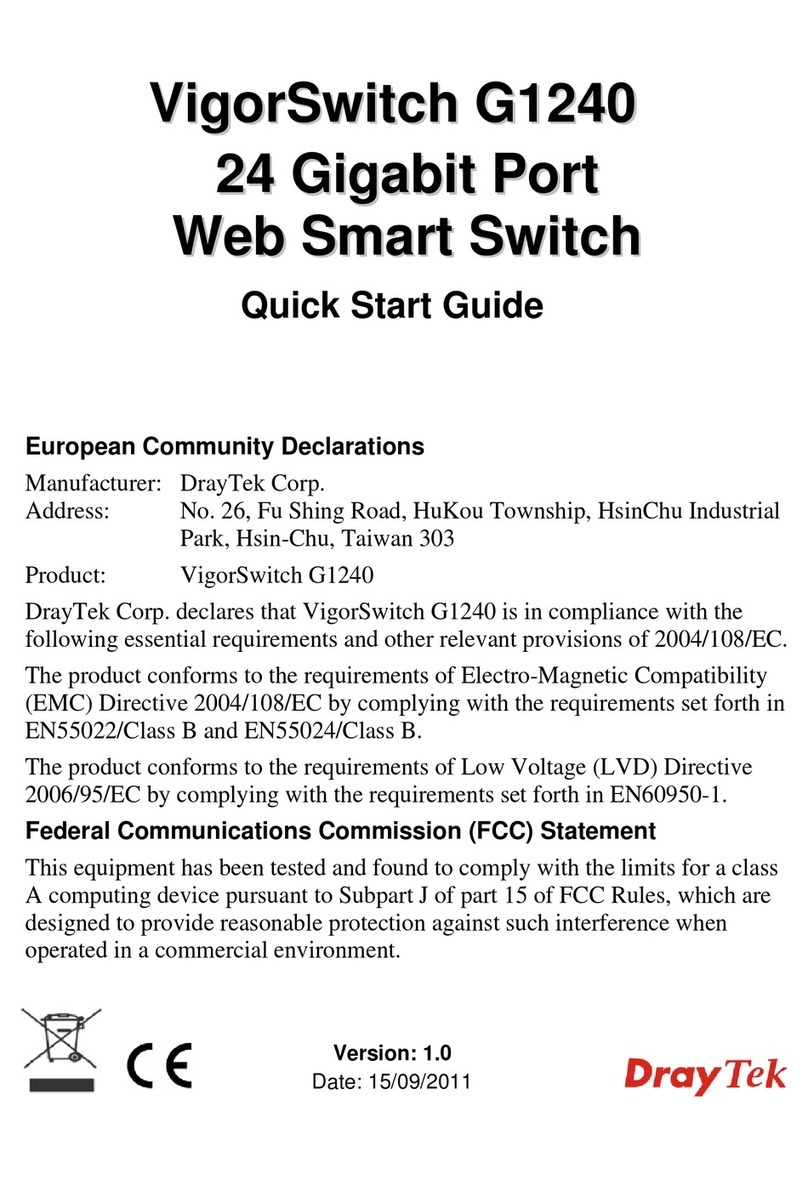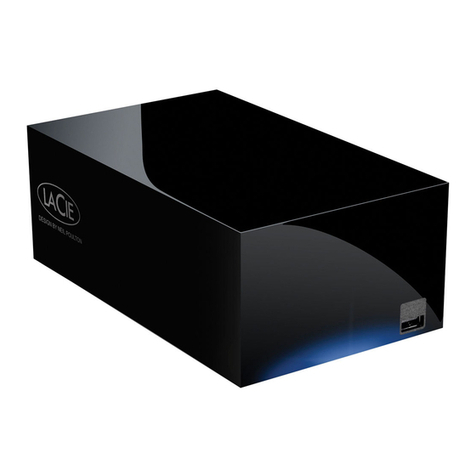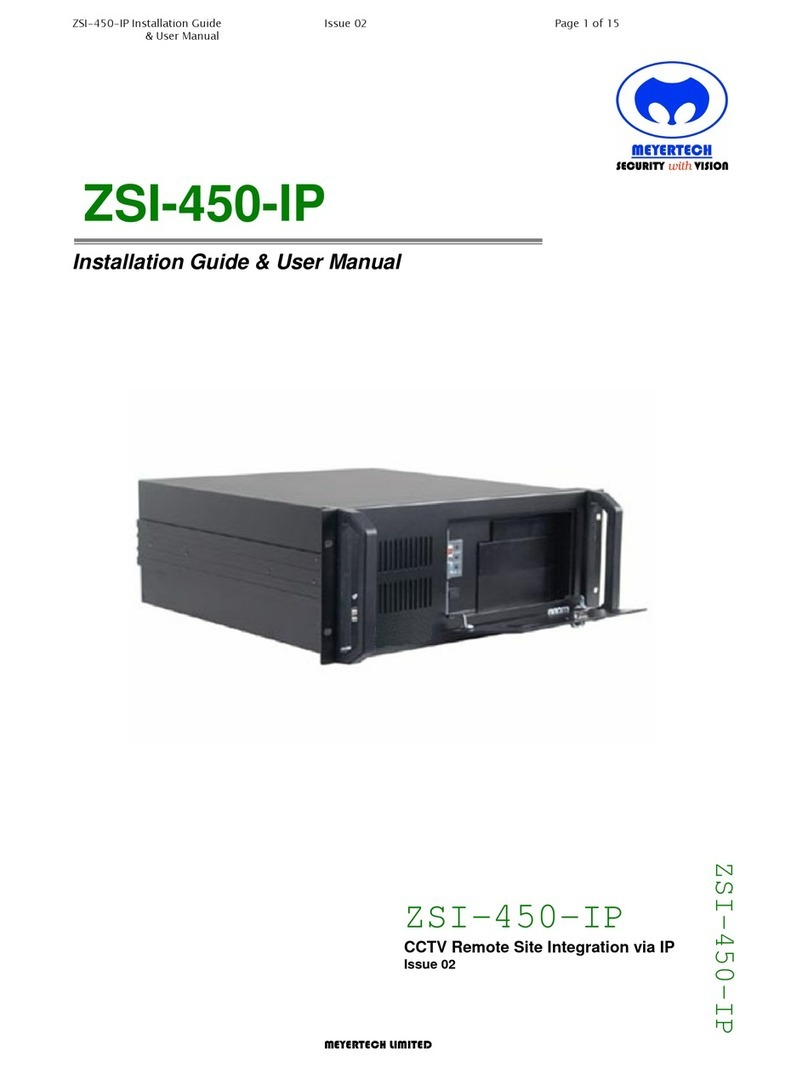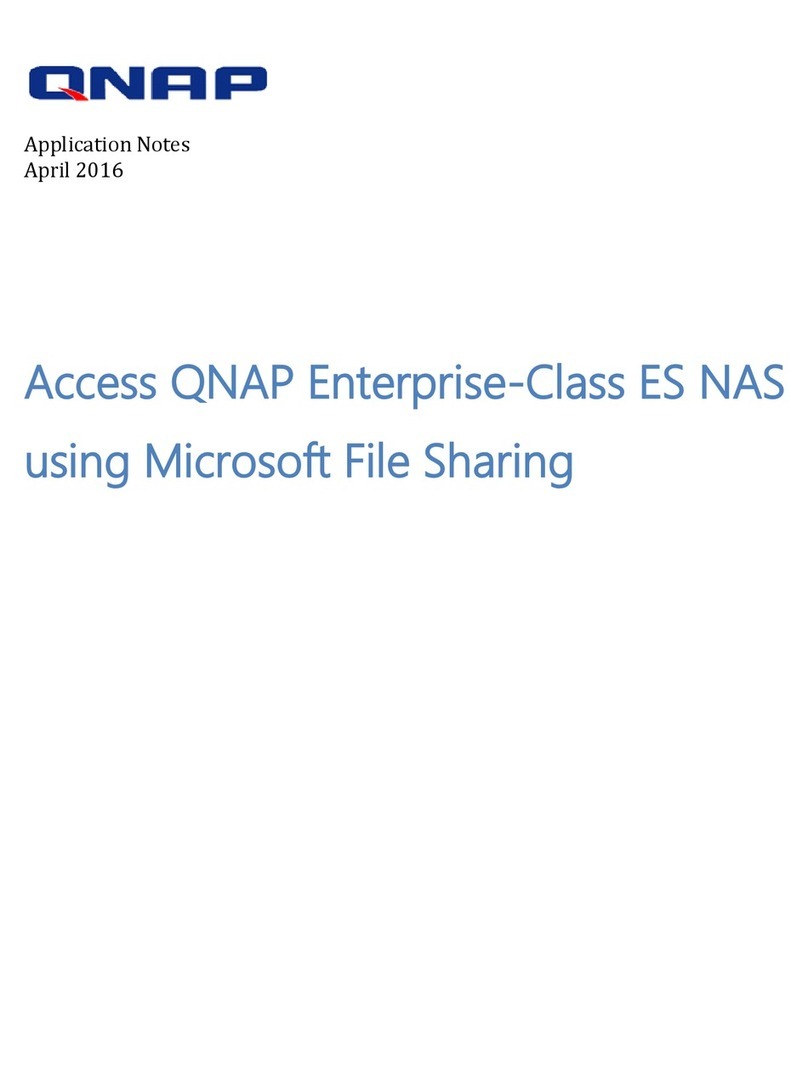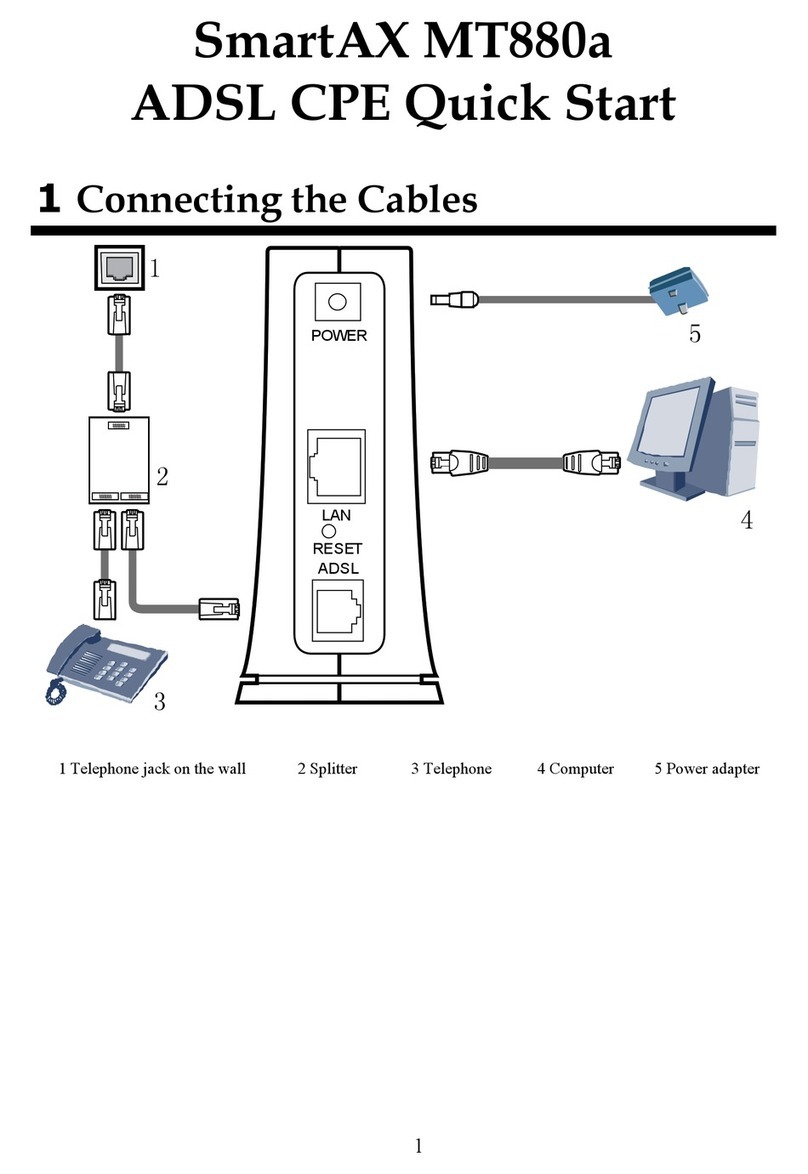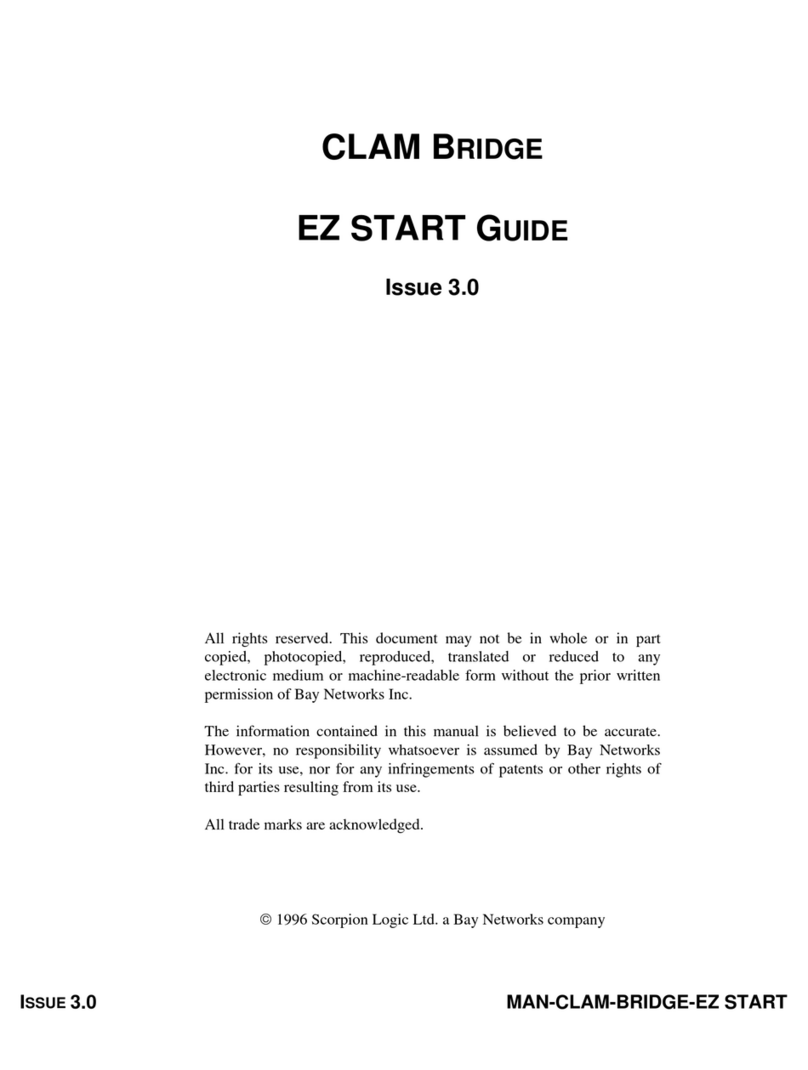» 24/30*-, 48/60*- and 96/120*-port CNX models are available.
» Conferences may be permanent or scheduled, one-time or recurring, and moderated or not.
» Four 1/E1 ports allow connection to a PBX or the PS N; two 10/100 Ethernet ports provide web and VoIP access.
» Advanced DSP technology balances sound levels while minimizing echo and extraneous noise.
» VoIP support: SIP and H.323 signaling; G.711 and G.729 codecs.
» Users may book conferences using a web portal, with passcodes being automatically generated and emailed to the moderator.
» he web portal also allows authorized administrators to configure and manage the CNX
» Users and administrators may be authenticated using an internal database, or from an organization’s existing
Microsoft Windows domain, or from a Linux or Unix server.
» A D MF-based telephony interface allows live control of a conference. Users may mute/unmute themselves, or listen
to a roll-call. Moderators may in addition mute/unmute other participants, enter/exit lecture mode, lock/unlock the
conference, eject participants, request additional ports or terminate the conference.
» Conference booking data and call detail records can be downloaded for audit and analysis.
In cases where a traditional, DM-connected PBX is deployed, the
CNX will be connected to the PBX by one or more 1/E1 lines con-
figured for PRI. he PBX will typically be configured so that the PRI
lines to the CNX form a hunt group with a single phone number.
If the PBX is IP-capable, a better solution would be to use
SIP trunking between the CNX and the PBX. Call setup
information is sent from the PBX to the CNX, with the VoIP
media paths either originating at the PBX (in cases where
legacy handsets are used) or directly from IP phones
For use with a PBX, the CNX requires the availability on the PBX of one or more of the following: 1/E1 lines that can be
configured for Primary Rate ISDN operation; 1 lines that can be configured for Robbed Bit Signaling; or an IP interface
that supports SIP or H.323 trunking to another device.
In VoIP environments, the CNX will accept SIP or H.323 traffic directly from a terminal or soft client. However, it is normal
to have a call routing function within a VoIP network, which can be performed by a SIP proxy, H.323 gatekeeper or a fully
featured IP PBX.
o configure the CNX, a web browser that supports the Java Runtime Environment 1.3.1 or later is required, such as
Internet Explorer 6.0 or Mozilla Firefox 1.0.
VIDEO OVER IP VOICE OVER IP
PBX SOLU IONS ANALOG AND DIGITAL TELEPHONES
Aastra Telecom Inc.
• 1 Snow Blvd., Concord, Ontario, Canada. L4K 4N9 • [email protected] • www.aastra.comCOPYRIGHT (C) 200 AASTRA TELECOM. ALL RIGHTS RESERVED. INFORMATION IN THIS DOCU-
MENT IS SUBJECT TO CHANGE WITHOUT NOTICE. AASTRA TELECOM ASSUMES NO RESPONSI-
BILITY FOR ANY ERRORS THAT MAY APPEAR IN THIS DOCUMENT. PRODUCT CAPABILITIES
DESCRIBED IN THIS DOCUMENT PERTAIN SOLELY TO AASTRA TELECOM’S MARKETING ACTIVITIES
IN THE U.S AND CANADA. AVAILABILITY IN OTHER MARKETS MAY VARY.
PRODUCT BRIEF
For more information, visit our we site at www.aastra.com or call
1-800-574-1611
Audio conference bridge appliance for both VoIP
and conventional PBX environments
System
Prerequisites
Solution
Architecture
Key Features
* Customers using VoIP or E1 interfaces will obtain the higher capacities of 30, 60 or 120 ports. Customers using 1 interfaces may be
limited to 23 or 24 ports per 1, depending on the type of signaling.
